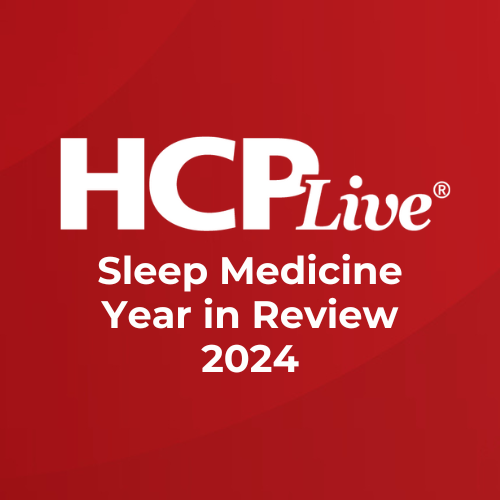Article
Soluble Vascular Adhesion Protein-1 Related to Sleep Apnea Severity
Author(s):
Patients with obstructive sleep apnea had higher levels of inflammatory biomarkers of IL-6, TNF-α, and hsCRP levels compared to the control group.

Investigators have identified a protein that could help forecast the severity of obstructive sleep apnea (OSA).
A team, led by Zhongyu Kong, Department of Otorhinolaryngology, Shanghai University of Traditional Chinese Medicine, evaluated the levels of soluble vascular adhesion protein-1 (sVAP-1) in patients with moderate and severe obstructive sleep apnea and determined the relationship between the biomarker and adropin levels, as well as inflammatory biomarkers and sleep parameters.
Both soluble vascular adhesion protein-1 and adropin are biomarkers known for endothelial dysfunction. Vascular adhesion protein-1 is a membrane-bound adhesion molecule that is inactive under normal physiological conditions because it is sequestered in the endosome. However, this protein can rapidly translocate to the cell surface in response to local inflammation, promoting lymphocyte adhesion and migration through the endothelium into inflamed tissue.
In the study, the investigators examined 50 male patients with obstructive sleep apnea, half of which had moderate OSA and half of which had severe OSA. The study also included 20 age and sex-matched control participants.
Obstructive Sleep Apnea
Each patient in the obstructive sleep apnea cohort underwent a polysomnography, while the entire study population underwent fasting peripheral blood sampling for laboratory analysis.
Moderate OSA was defined as 15-30 events per hour, while severe OSA was classified as more than 30 events per hour. Sleep apnea was defined as the absence of at least 90% of airflow for the duration of at least 10 seconds compared to baseline levels and hypopnea was defined as a reduction in airflow of at least 30% and lasting for at least 10 seconds with at least a 4% decrease in oxyhemoglobin saturation.
There was no significant differences in baseline anthropometric characteristics between the OSA group and the control group, other than neck circumference (37.72 ± .95 vs 39.01 ± 1.05 vs 40.54 ± 1.41 cm; P <.001) and waist circumference (92.40 ± 5.06 vs 94.44 ± 5.42 vs 98.92 ± 7.15 cm; P = .002).
Differences
Patients with severe OSA had significantly higher serum sVAP-1 (816.28 ± 178.58 vs 559.96 ± 184.54 vs 344.45 ± 180.99 ng/mL; P <.001) and inflammatory biomarkers of IL-6, TNF-α, and hsCRP levels compared to the control group and patients with moderate OSA.
However, plasma levels of adropin had the exact opposite trend (3.81 ± 1.12 vs 5.97 ± 1.42 vs 8.27 ± 1.30 ng/mL; P <.001).
In addition, sVAP-1 levels had a significant positive correlation with AHI (r = .693, P <.001), ODI (r = .493, P <.001), TNF-α (r = .753; P < .001), IL-6 (r = .730; P = .013), and hsCRP levels (r = .476; P < .001), but a significant negative correlation with adropin levels (r = −.633; P < .001).
The receiver operating characteristic analysis resulted in an Area Under Curve (AUC) of .876 (P < .001) for sVAP-1 levels predicting OSA. Also, serum sVAP-1 threshold greater than 445.5 mg/mL had an 88% sensitivity and 80% specificity for detecting OSA status.
After conducting a multivariate regression analysis, the investigators found sVAP-1 remained a significant positive predictor of OSA severity.
“Increased sVAP-1 levels in OSA patients are significantly correlated with indices of OSA severity, adropin levels, and inflammatory biomarkers, suggesting that sVAP-1 plays a vital role in the pathophysiology of OSA and may become a potential screening tool in the evaluation of OSA severity,” the authors wrote.
The study, “Soluble Vascular Adhesion Protein-1 Level Correlates With Adropin and Inflammatory Biomarkers in Patients With Obstructive Sleep Apnea,” was published online in the Ear, Nose & Throat Journal.





